(Matt. 7:9-10; NIV)
bread | stone
fish | snake
Nation will rise against nation,
and kingdom against kingdom. … (Matt. 7:2; my trans.)
Below you'll see everything we could locate for your search of “Matt 6-9 NOT Dwelling”

(Matt. 7:9-10; NIV)
bread | stone
fish | snake
Nation will rise against nation,
and kingdom against kingdom. … (Matt. 7:2; my trans.)
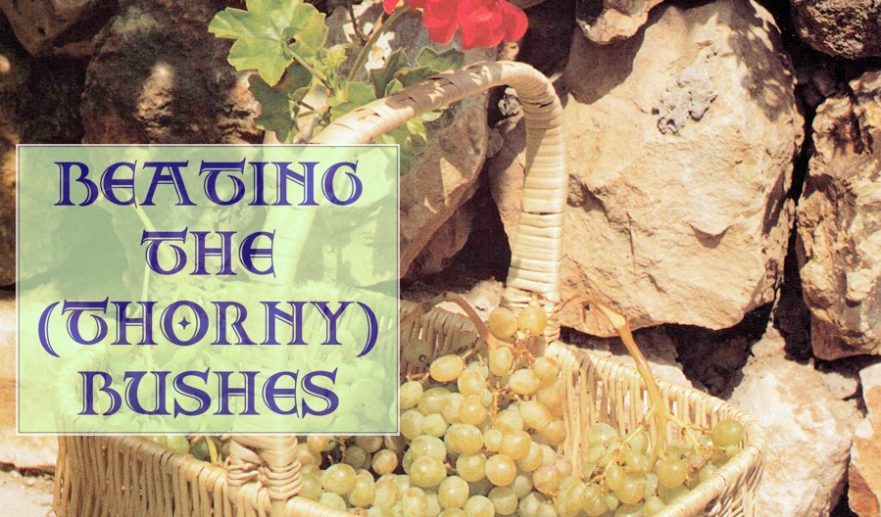
— wp:paragraph {“dropCap”:true} –>
In recording Jesus’ warnings about “false prophets” (probably fake disciples), Matthew contrasts akantha (thorn bushes) with staphyle (grapes), and tribolos (thistle) with sykon (figs) (Matt 7:16); whereas, Luke contrasts akantha (thorn bushes) with sykon (figs), and batos (bramble bush) with staphyle (grapes) (Matt 6:44)…. (Matt 7:16, NKJ)…. — wp:paragraph –>
For the same two reasons, “thistles” seems out of place in the translation of Matthew 7:16.
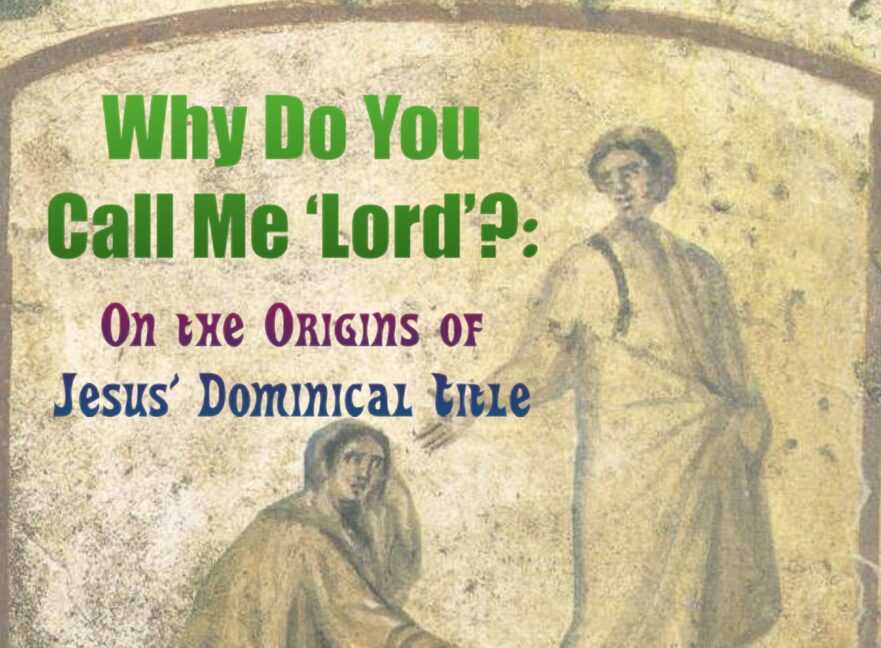
How to cite this article: JP Staff Writer, “Why Do You Call Me ‘Lord’?: On the Origins of Jesus’ Dominical Title,” Jerusalem Perspective (2024)
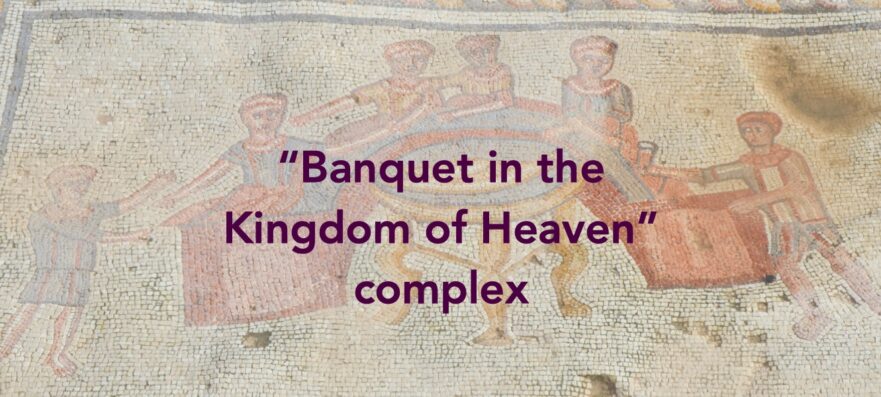
preserve part of a literary complex that continued with a warning (Closed Door ) that when Jesus’ audience saw themselves shut outside the “banquet” they would beg the “host” for admittance, but the host would deny them. They would see people from all over coming to be seated with Abraham, Isaac and Jacob at the banquet in God’s kingdom, but they would be excluded (Coming From All Directions ).
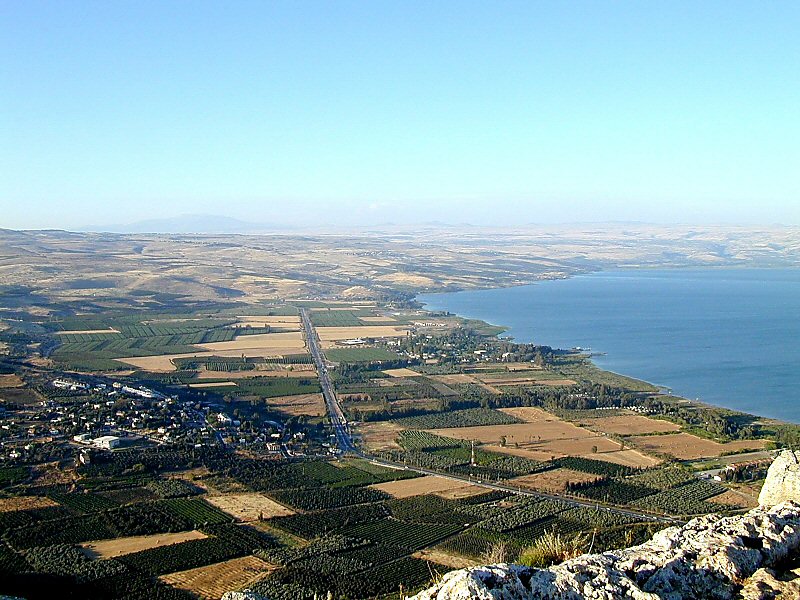
How to cite this article: Shmuel Safrai, “Jesus and the Hasidim,” Jerusalem Perspective 42/43/44 (1994): 3-22 .
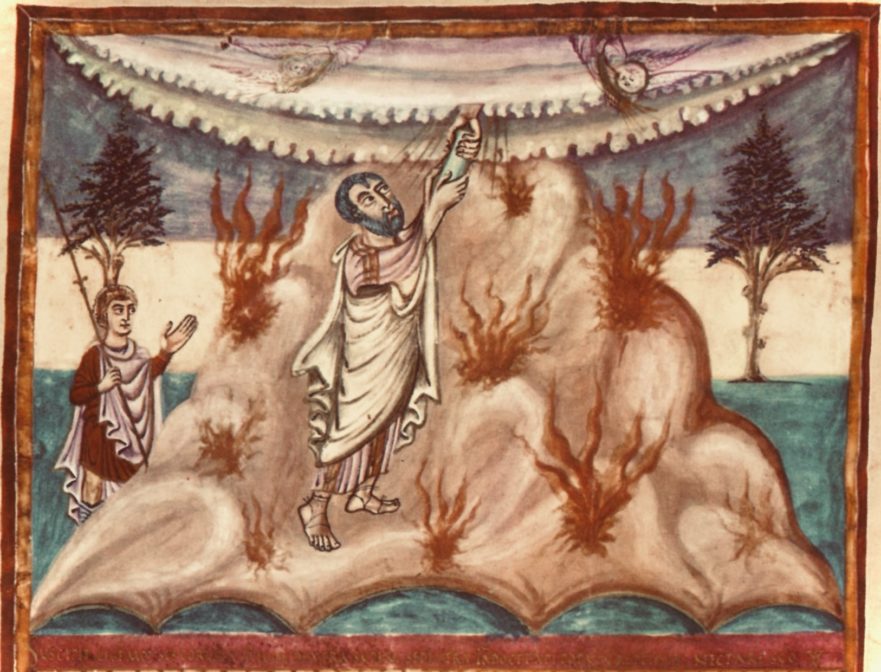
In Luke this discourse unit is traditionally called the Sermon on the Plain (Luke 6:20-7:1), while in Matthew the discourse unit is known as the Sermon on the Mount (Matt. 5:1-7:29; 8:5a)….
Two notable facts about this list are 1) the pericopae the two sermons share in common occur (for the most part) in the same general sequence,The exception is the placement of the Golden Rule (Matt. 7:12 ∥ Luke 6:31), which in Luke forms part of the Loving Enemies pericope (Luke 6:27-36), but occurs separately in Matthew. We believe it was the author of Matthew who separated the Golden Rule from its original context in order to form an inclusio referring to the Law and the Prophets at the beginning (Matt. 5:17) and end (Matt. 7:12) of the main didactic section of the Sermon on the Mount.
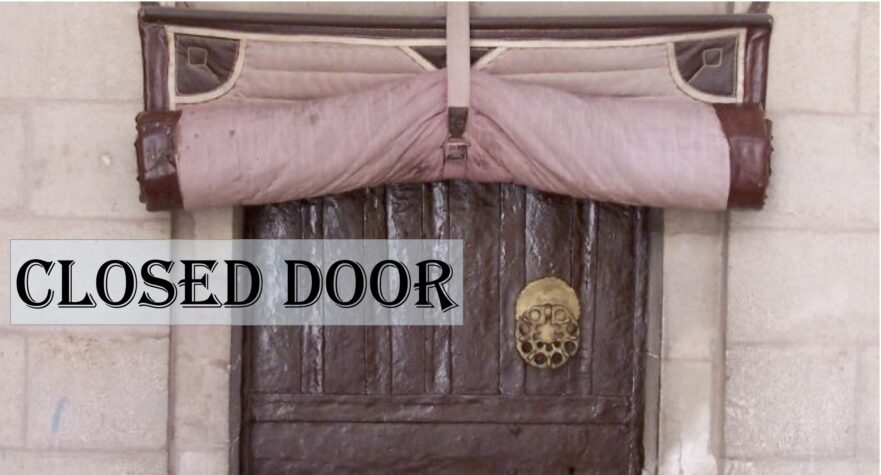
— wp:heading {“level”:3,”className”:”has-text-align-center”} –> (Matt. 7:22-23; Luke 13:25-27) Matt. 7:22-23) appears in the Sermon on the Mount, where it is embedded in the introduction to the Houses on Rock and Sand pericope.
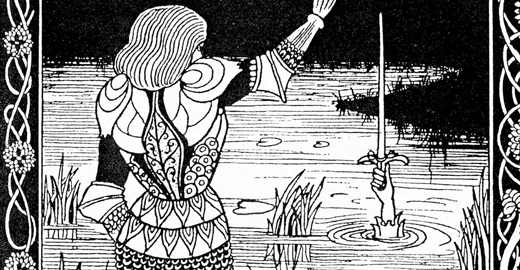
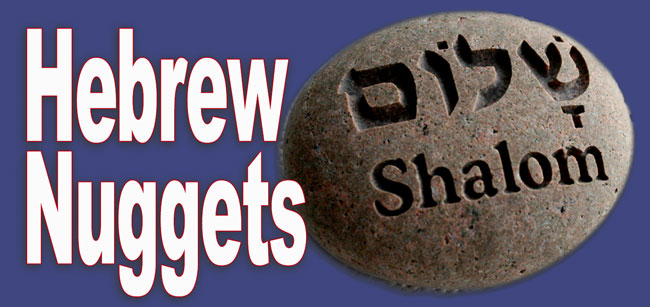
(Matt. 6:24; Luke 16:13)
“And I tell you, make friends for yourselves by means of unrighteous mammon, so that when it fails they may receive you into the eternal habitations…If then you have not been faithful in the unrighteous mammon, who will entrust to you the true riches?”
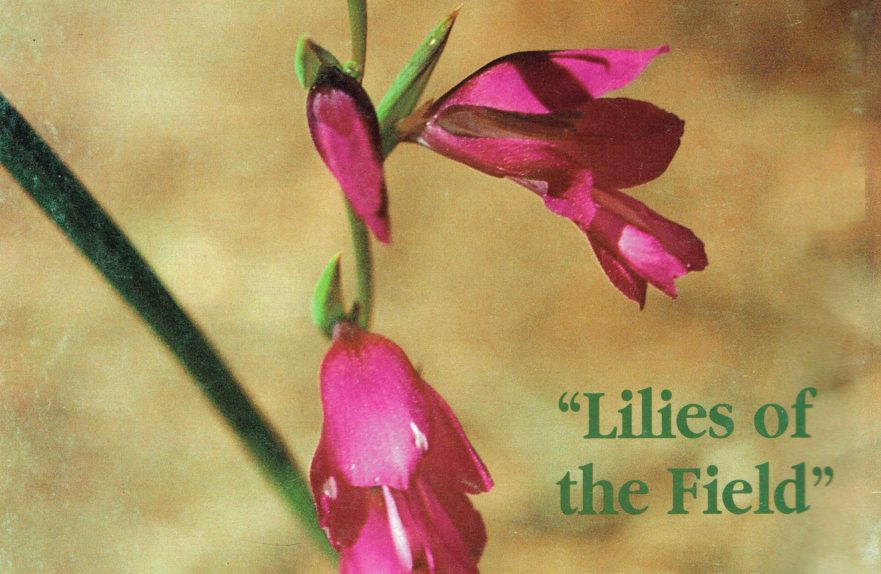
They don’t today, and that is why many believe that the “lilies of the field” in Matthew 6:28 and Luke 12:27 does not refer to the beautiful and now rare Madonna Lily, Lilium candidum…. Several wildflowers native to Israel have been suggested in its place for “lilies of the field” in Matthew 6 and Luke 12.
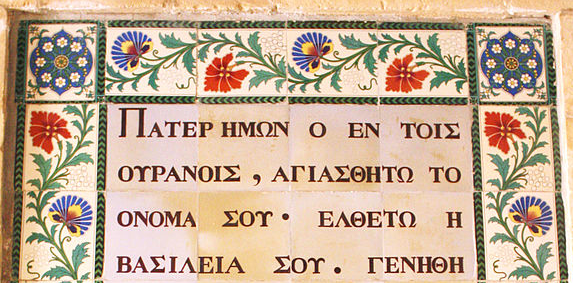

The petitions “lead us not into temptation” and “deliver us from evil” (Matt. 6:13) also are parallel.
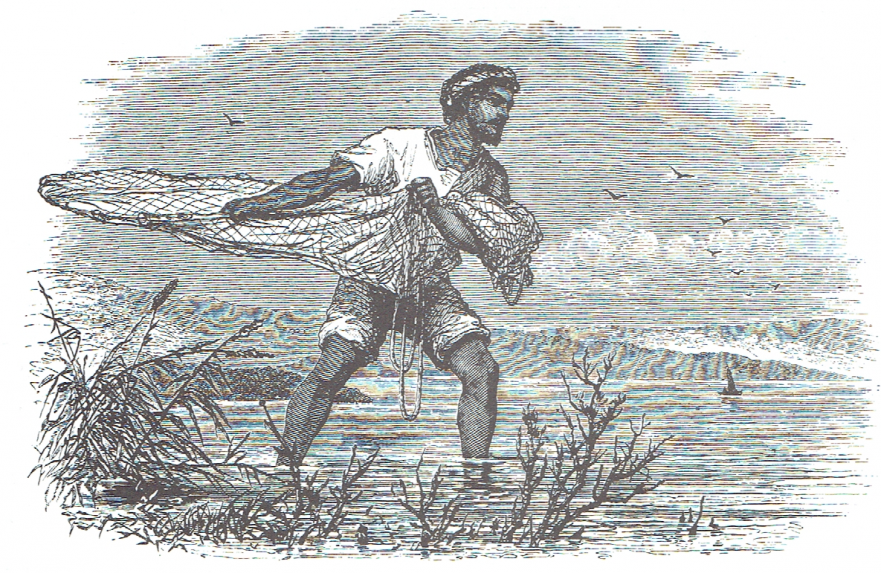
The trammel net is the only net from ancient times that is still used commercially on the Sea of Galilee. Unlike seinefishing, trammel-net fishing is done at night.
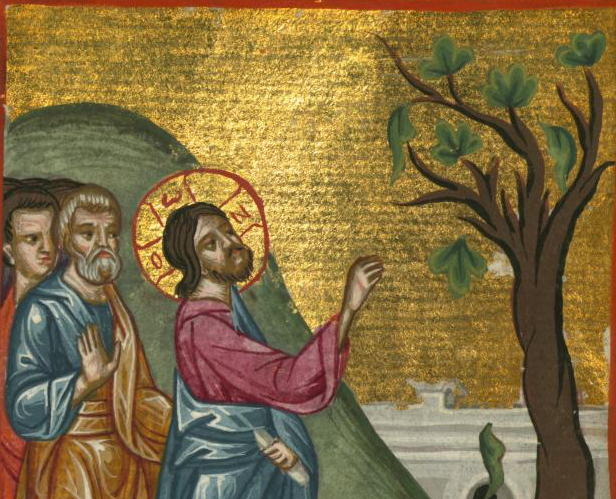
Matt. 24:32-33; Mark 13:28-29; Luke 21:28-31 (Huck 220; Aland 293; Crook 333)For abbreviations and bibliographical references, see “Introduction to ‘The Life of Yeshua: A Suggested Reconstruction.'”
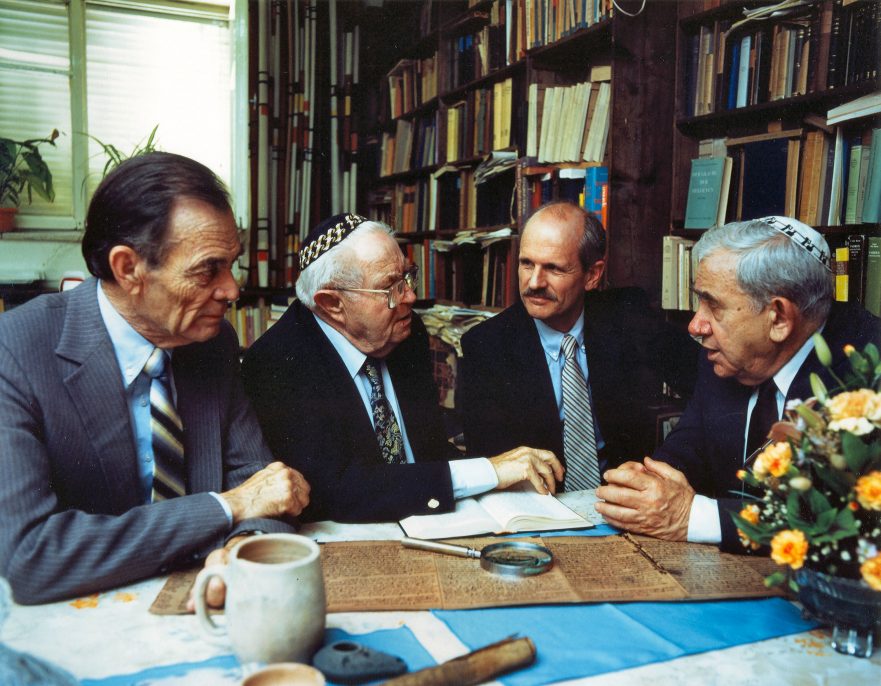
(Matt. 7:9-10); “What father among you, if his son asks for a fish, will instead of a fish give him a snake; or if he asks for an egg, will give him a scorpion?”
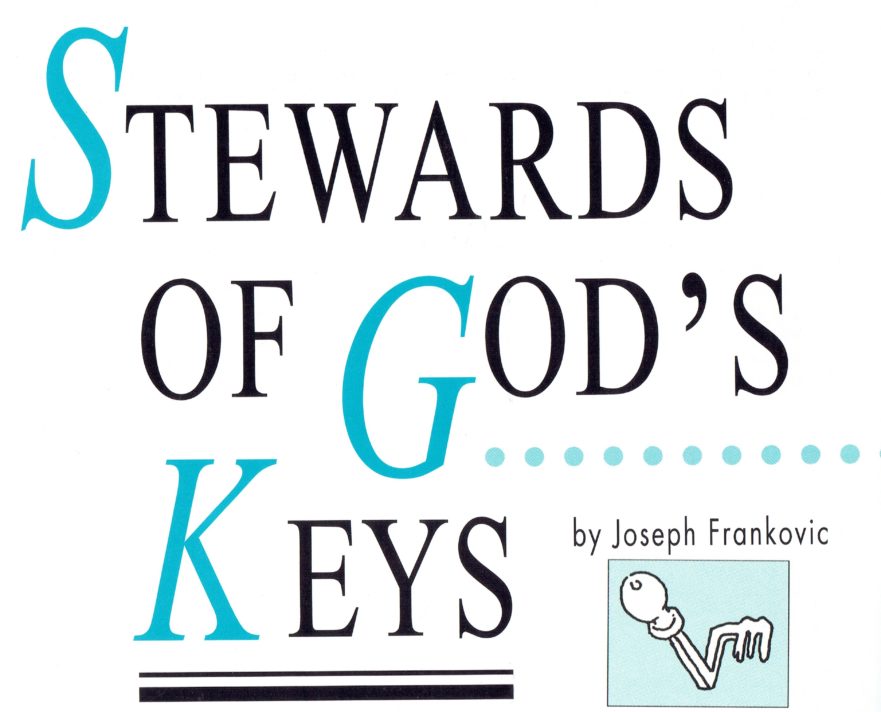
Pirke Avot, also known as The Sayings of the Fathers, or, simply Avot, is unquestionably one of the most valuable rabbinic texts for comparative study with the synoptic gospels.Note that the last chapter of Avot, chapter 6, known as “Acquisition of the Torah,” is a later addition. See Hanoch Albeck’s comments to Order Nezikin in The Mishnah (Jerusalem: Bialik Institute, and Tel Aviv: Dvir Co., 1988), 351, 381.